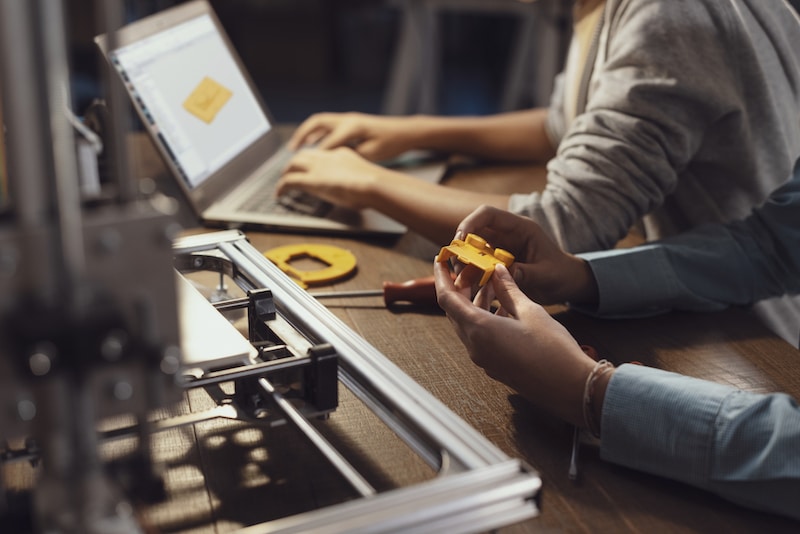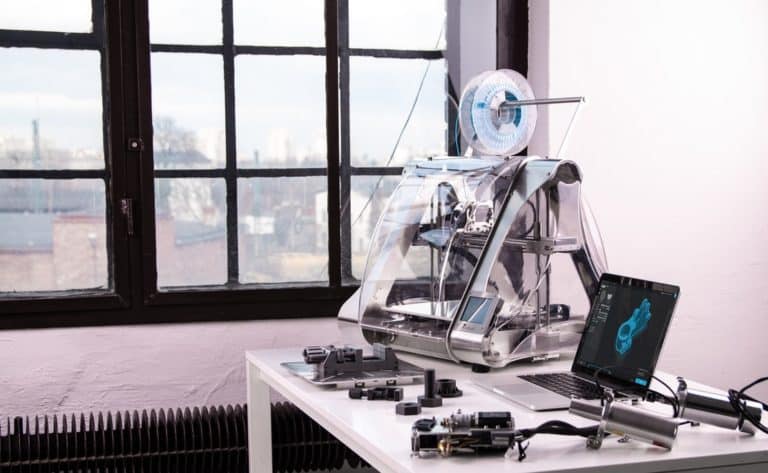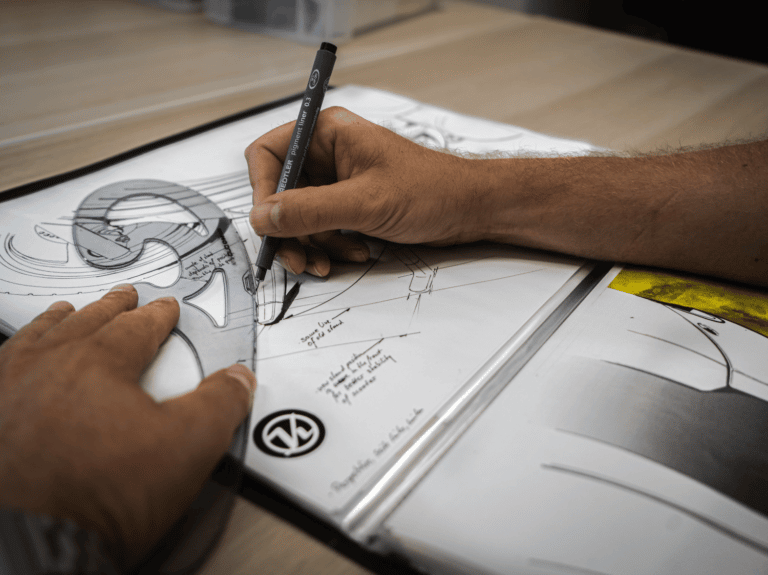Manufacturing a Prototype
Let’s say you have an idea for a product. In fact, it is a pretty good idea. How are you going to turn that idea into a finished product? Well, one of the first items you need to address is creating a prototype. Manufacturing a prototype is an integral step in the product development process. It allows you to test a concept and get feedback before investing in mass production. Prototyping is vital as it enables a prototype to be checked for fit and movement. In addition, development prototypes help marketing and sales teams develop strategies that match the final product.
Prototypes come in all shapes and sizes, but they all share one characteristic: they provide valuable insight into your design before it’s ready for full-scale production. Top-notch design firms can offer technology for the next stage of production processes. This greatly assists with all types of sheet metal fabrication due to the accuracy of software and machinery.
The Future of Virtual Prototyping
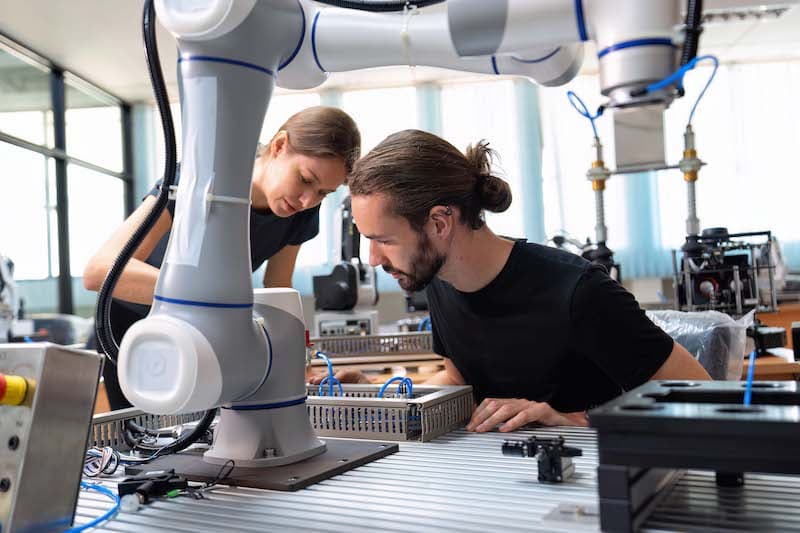
How will prototyping change in the future, you ask? Virtual prototyping is quickly gathering steam. Product designers often use prototyping as a means of testing their designs. It accurately represents a product’s appearance and allows testing in various environments. Furthermore, prototyping can serve as a check that the design is correct before investing time and resources into producing physical prototypes.
You can create prototypes through various techniques, such as 3D printing, casting, and rapid prototyping. While all these processes have their uses, virtual prototyping offers an even faster alternative that uses engineering simulation tools to quickly and efficiently construct working prototypes without needing physical prototypes to be built.
Virtual prototyping offers numerous advantages and can help developers save time, money, and energy during creation. For example, it has been known to reduce product development times by up to 50% or more while eliminating costly physical prototypes. In addition, utilizing virtual prototyping during the product development cycle can help engineers avoid common errors and produce products that are reliable and ready for production. It also permits them to guarantee their designs meet all current safety regulations and hazard identification needs.
Computer-Aided Engineering
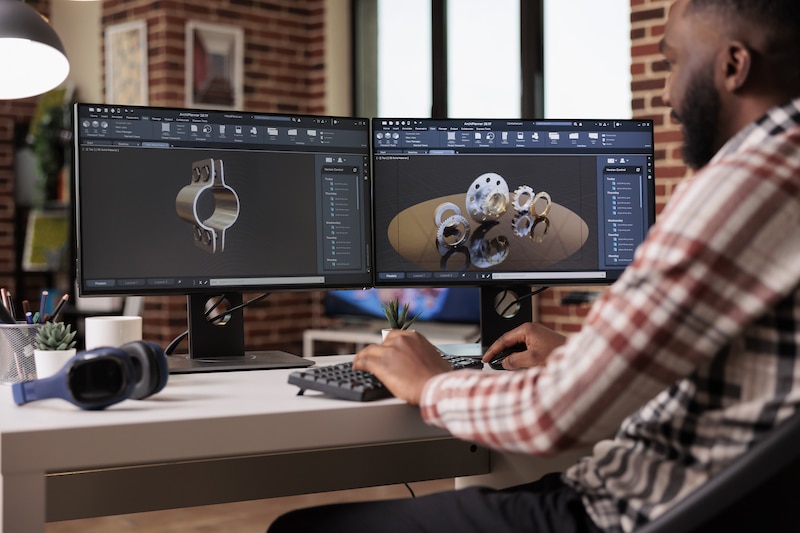
Engineers can use computer-aided engineering (CAE) simulation software to run significant digital tests, typically applied to physical prototypes. Before making a prototype, manufacturing a prototype helps identify complex mechanisms, weak areas, assembly issues, and parts interference.
Another significant advantage of prototype building is its capacity for stress testing under different operating conditions, something challenging to achieve with physical prototyping. This enables engineers to detect potential defects earlier in the design phase and fix them before production begins.
If a component is designed to fail in an accident, the software can simulate its behavior under various scenarios and determine whether the design is safe for end users. Manufacturing a prototype reduces the risk of manufacturing defects and guarantees products adhere to relevant safety regulations. The sponsor must grant access to suitable software applications to establish virtual prototyping capabilities.
Set Yourself Up for Success
Establishing successful development prototypes necessitates ensuring the applications can meet the demands of the organization’s engineers with high accuracy, availability, functionality, and performance. You can achieve these features through specialized tools, standard-based methodologies, and expert services.
Virtual prototyping is the future, and Gembah’s platform makes manufacturing a prototype possible by connecting engineers to leading product designers, manufacturers, and supply chain experts from around the world to simplify and speed up product production. You can develop, test, and deliver your product faster by connecting with these talented individuals in one convenient location – Gembah provides access to over 250 product designers, manufacturers, and supply chain experts.
Development Prototypes
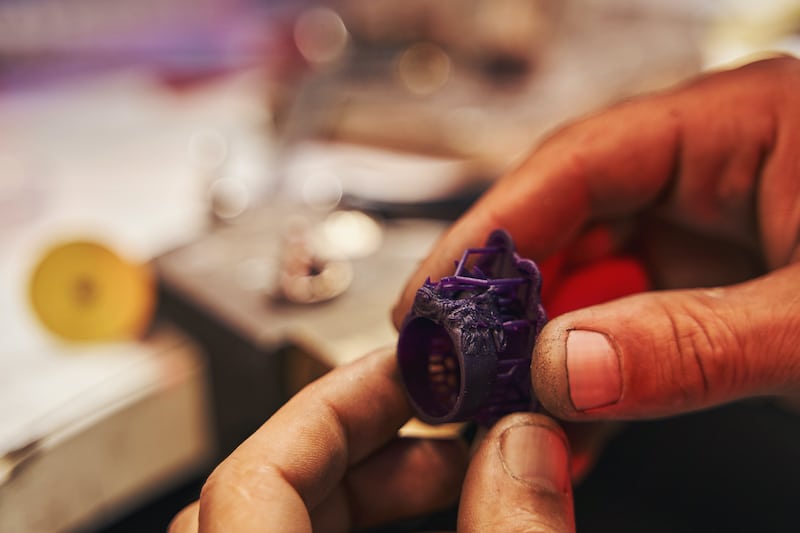
Prototype building is an essential stage in product development that allows you to test ideas and showcase features before investing in complete development. It can range from sketches on paper to fully functioning models of your product.
Before producing a prototype, you must comprehend the steps involved in prototyping. First, sketch your idea on paper as quickly as possible, and then a prototype will help you understand how users might engage with it. Doing so will guarantee your product design for maximum reliability and cost efficiency.
Refining Your Design
Once you have a basic prototype building design, your design team can work to refine and turn it into a fully functioning prototype that you can test with potential users. Again, manufacturing a prototype effectively guarantees that everyone on your team understands and agrees with the concept.
Prototype Construction
Next, your design team can construct a prototype using various materials to get an accurate representation of how it will feel and operate before production begins. This phase is essential as it allows you to identify any issues with the product before they become severe during manufacturing. Your design team can use materials like clay, foam, or wood to make an initial product prototype. This is usually a cost-effective alternative to more intricate high-fidelity models, which typically come later.
Prototype building is an ideal way to test your final design with actual users. It’s an iterative and experimental process, often costly and time-consuming. That’s why selecting a partner who can manufacture a prototype phase and guarantee its completion on schedule with minimal issues is critical. Ideally, the prototype should resemble your product’s final version regarding functionality and appearance.
Communication
Finally, keeping all team members updated throughout the prototype manufacturing phase is essential. It is especially pertinent for those responsible for manufacturing the final product when it’s ready; significant delays and miscommunication can often occur due to inexperience or misinformation.
Testing With Prototypes
Prototyping partners take all your information and work to produce a functional prototype that you can then test with users. It helps identify any flaws with the product before it goes into production and ensures it’s designed for maximum reliability, cost efficiency, and ease of use. You can increase your chances of success by planning and partnering with someone with the experience you need regarding these potential disasters. However, you don’t have to do it alone when adding product launch experts to your budget.
The product launch process is complex, with many moving parts. Tap into Gembah’s network of product development experts, product launch experts, supply chain experts, and more. Get started with Gembah today.
